Due to the COVID-19 pandemic, businesses, more than ever, are seeing the need to future-proof their companies, in order to stay on top of current trends and generate more revenue despite challenging times. However, what exactly is future-proofing and how can your organization implement future-proofing methods for your daily operations? We talk to Michel Mol, a strategic futurist and consultant at OML Consulting, who shares his insights and experiences with us.
To get things started, can you tell us a little bit about yourself and what you do?
Michel: Yes, I’m Michel Mol, and I have started out in financial software, but later moved on to advertising, running an interactive agency. After which, I became a boardroom consultant at McKinsey & Company. Following that, I wanted to do a more hands-on implementation of innovation, so I worked at the national broadcaster here in the Netherlands and was the Director of Innovation there, where I ran the incubator for innovation for 10 years. That is also where I launched, in the early 2000s, the first Video-on-demand service in the Netherlands, which was even before YouTube and Netflix had launched. I had that role until 2010.
Afterwards, I started working on my own as a consultant in various collaboration formats. Currently, I’m doing a lot of work for multinationals, to paint a picture of their near-term future, as well as doing some pro-bono work for various institutions. I also love to teach, so I am teaching students of investigative journalism on their online marketing, branding, and how to produce content.
You call yourself a strategic futurist. What does that actually entail?
Michel: Well you see, there are many people who call themselves futurists, but what they often do, is they have these predictions which seem to come from their gut feeling or a crystal-ball type approach. But what I do is, I approach describing the future more like a researcher and have an academic approach. I don’t have a crystal ball, but I construct images of a company’s future by painting plausible scenarios that will most likely play out when certain preconditions are met.
So it has a lot more to do with distinguishing short-term trends from long-term trends, by analysis, deduction, learning what happens in an industry that may be ahead, and from that, seeing how the new wave will hit another industry shortly. A big part of that is, separating the marketing hype that can be short-lived fads from the long-term impactful trends that will either never go away or that have not arrived yet because there’s a threshold, a barrier for that trend to fully develop. As soon as some technology, economic, or supply issues are solved, then it is logical that the usage of that particular service or trend will be broadly adopted. To that end, I don’t know of course what’s going to happen but build a logical roadmap with specified junctions based on today’s insights and developments.
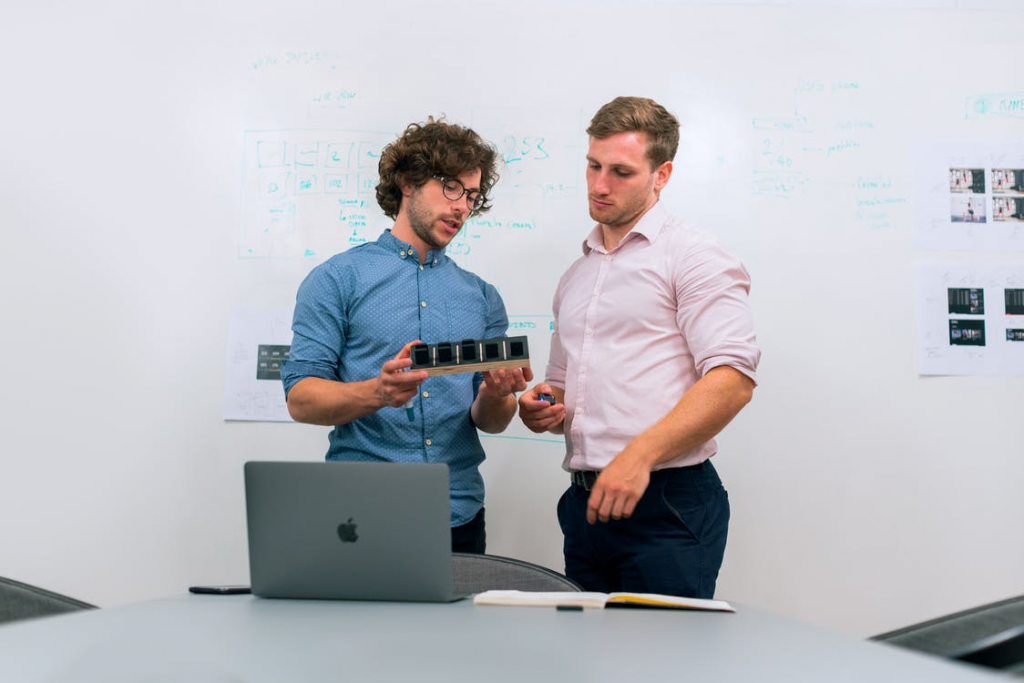
To get to the valuable insights on today’s developments, I interview experts that are working on the cutting edge of a specific field. From these interviews, I combine their insights with each other, with extensive desk research done by dedicated business analysts and with developments in other industries. Typically after a project, the experts love to hear back from me because they can learn what all their colleagues in the field who are doing the most advanced research, and have the newest insights. So I aggregate, extrapolate, and draw parallels, so my core skill is lateral thinking, to connect the dots that most people don’t realize are even in the same domain today or tomorrow.
You’ve mentioned this a little bit just now, but what are some kinds of projects that you work on as a strategic futurist?
Michel: So it’s multinational firms across many industries as well as the big 4 consultancies. For instance, I’ve worked for Microsoft, Samsung, Pepsi, Coca-Cola, also banks, telecoms, and industrial manufacturers. The type of work I embark in differs. It can be very strategic, focusing on future direction. So for instance, I was asked the question, “What will banking look like in 2030?”. However, that global bank then said, “You cannot talk to bankers because we all think within our current framework.” So I interviewed cryptocurrency experts, behavioral psychologists, science fiction authors, people who are working on social media currency at the social media networks, to try to paint a picture of how people will be paying, saving, growing their wealth, and managing their funds in the future, based on things that are happening today, and that are likely to become much larger in the future, so that’s very strategic and gave rich insights on which to focus the banking client’s core competencies for the years ahead.
On the other hand, I do very tactical work as well for them. I got the questions, “What will a customer support function look like? What is the best practice today? How can we implement that within our organization? How many people will be contacting us by phone and how many by email? Will we be chatting? Why is there a resurgence of voice response systems asking customers to press one, press two, press three? What will the next generation of that look like?” For that, I studied, for instance, what Amazon considers a best practice in customer support. What are they doing differently? What’s the philosophy behind their way of working?
I compare Amazon as an eCommerce organization with digital operations, to companies like Hilton, where of course, in the tourism and hospitality industry, they are dealing with a lot of face-to-face interaction on top of their online interaction.
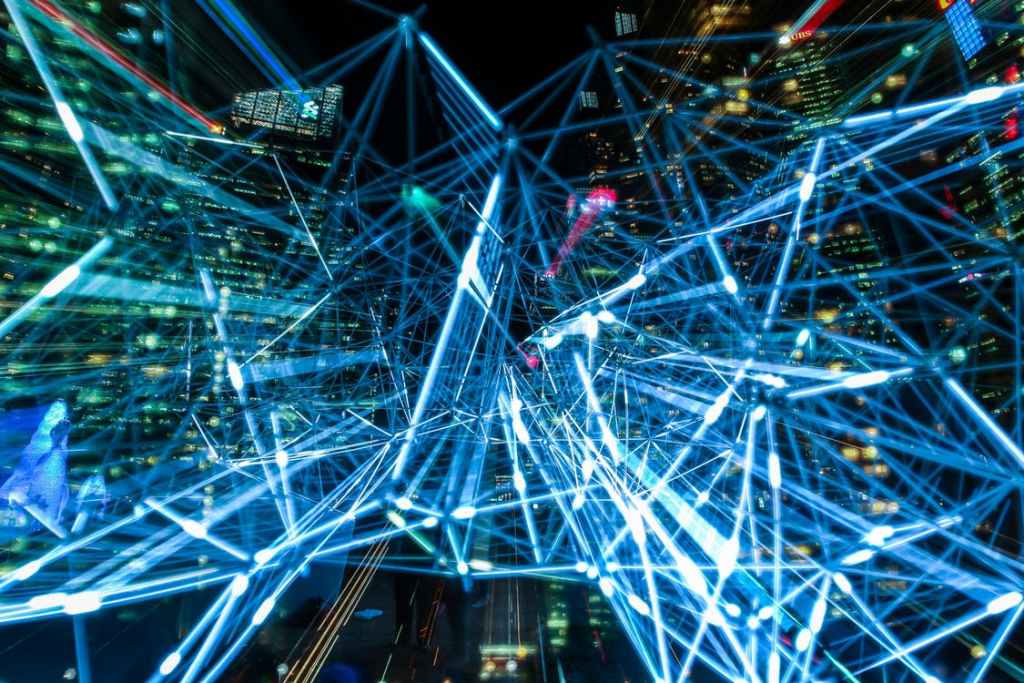
There are also the operational projects where, for instance, one of the big four consultancy firms who often use me as an extension to their own capabilities, ask “What digital metrics are used in the sales and marketing function across five industries?” So we looked at pharmaceuticals, oil and gas, and consumer electronics. We found out how far these B2C and B2B operations adopted metrics to measure how successful their online marketing and sales campaigns are. The results were staggering. To give you one example, B2B, of course, is lagging in the use of digital metrics and digital sales marketing operations. If you call them, they don’t pick up the phone or their colleague will call you back sometime this week to give you a price offer. These are non-commoditized products with non-streamlined processes. So what I do is to help them learn from the best B2C companies that are working in a very efficient and customer-friendly way, and explain how we can implement that in B2B marketing and sales operations.
So, that’s three very different types of projects that I wanted to mention.
Hearing that, what is the most unique project that you’ve worked on?
Michel: Well, two come to mind. One is in the Industrial Internet of Things, called IIoT or Industry 4.0. What this means is that all the machinery in a manufacturing environment will be connected, as in the internet of things, to each other. But also to the crew running around, the maintenance crew with the screwdriver that needs to be directed towards which Boeing aeroplane needs to be repaired. Then the screwdriver would know what pressure to put on the screw, and the system in the backend would register that this part of the plane had been checked.
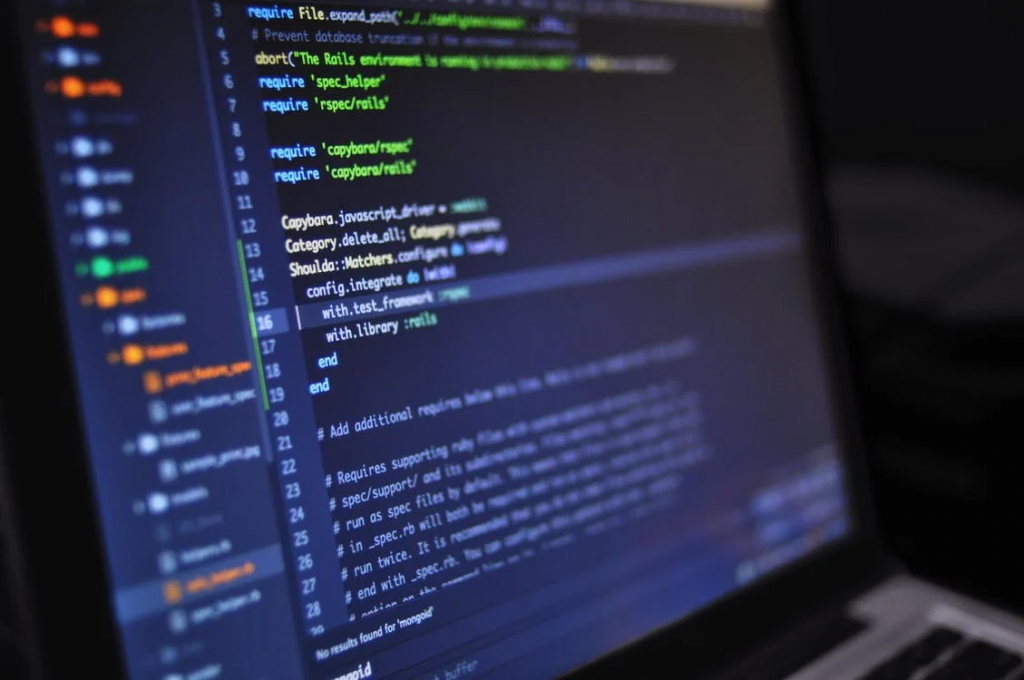
There is a lot of automation, a lot of intelligence, and then connecting all of that also in a production environment to your outside systems, such as to the cloud, to do analytics and predictive maintenance. This is important because when the machines in factories are down, the downtime is tremendously costly, so we want to prevent that. We also want to see that this machine needs maintenance in a short while before it breaks down. The interesting thing about this project is that through talking to everybody in the frontline, in these factories, manufacturers, and the consultancies that work on these projects, that this was all a hype. Everyone said, “It’s marketing talk. The software that we’re selling doesn’t work. We don’t understand how to build this ecosystem that we’re promoting.” And that’s from every company in the industry.
Still today, it’s being marketed and the customers are getting into loads of trouble because basically technology and process-wise, we’re not ready yet to fulfil this great ambition, so there was really this big let down. I didn’t know that going in and my client didn’t either, that it was in such a bad state of development, very nascent, totally immature, and not ready yet for the massive deployment that the press releases promised, any time soon.
Another one is where an economic intelligence firm in the US asked to form a team that we had to assemble on the spot. We had to find the best experts to do this. For instance, a macroeconomic expert that we pulled on board. They wanted to create mindmaps at first, and then connected systems related to that, for the oil price, the gold price, the dollar price, and the Euro price. With triggers that were not only related to the demand and supply of, for instance, crude oil and the gold reserves, but also related to psychological effects, geopolitics such as the US-China trade war, and how those all impacted each other. So we had to develop different macroeconomic models of gold, oil, euros, and dollars, which was the mapping of geopolitics in these commodities to assess and predict value creation for investors and governments.
What happens if the US sanctions towards Iran intensify? What happens if the Venezuelan oil supply increases? What happens if OPEC reacts to something in a particular way? What happens if North Korea threatens et cetera. They’re now building a product around that and in those scenarios, there will be a lot of AI-based advisory solutions towards both the traders and private investment clients, so that was very ambitious.
So that’s just two very much out there examples.
Thanks for sharing. Now we’re moving on to talk about future-proofing. Based on your knowledge and experience, how would you define future-proofing?
Michel: Future-proofing is basically the concept of getting your organization, a business unit, or the competencies in an organization, ready for what’s going to happen next. Often, you don’t know explicitly what will occur, but working with plausible scenarios, as in it might go this way, or it might go that way, and it will depend specifically on these breakthroughs occurring.
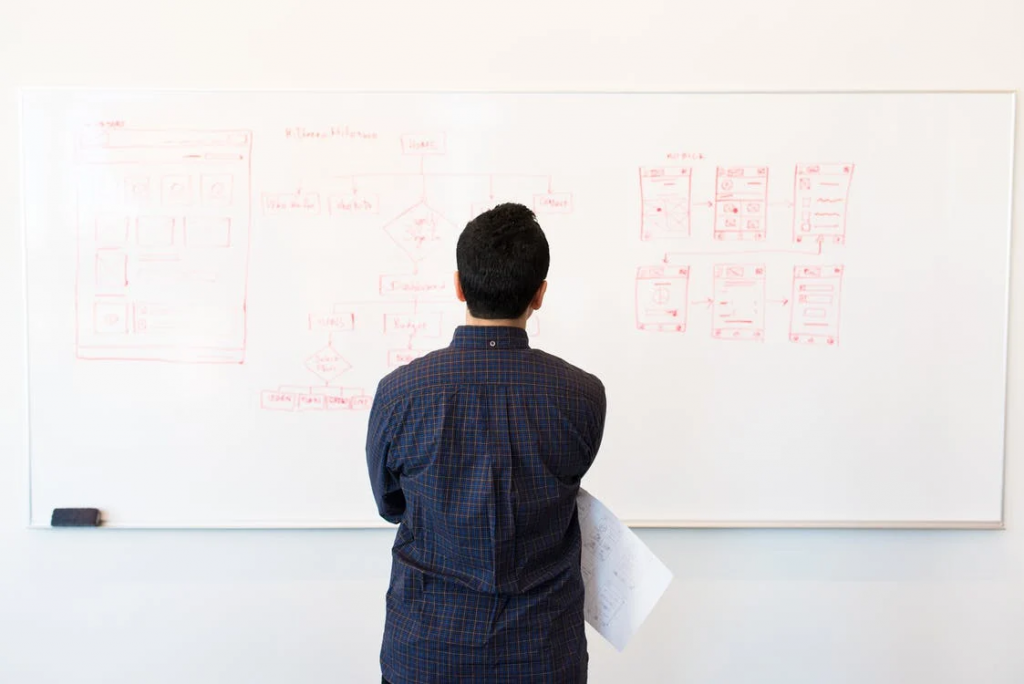
For instance, I share with banks that they better look at Amazon because they are a potential financier and lender. These banks often don’t know this. How do we demonstrate that? I show them that Amazon had tons of job openings for people coming from banking, with lending experience, to small and medium-sized businesses. I show them that Amazon is approaching the vendors on their platform saying, “Hey, you are a small company, you’re selling 10,000 pairs of sunglasses a month. You’ve got good customer ratings. You’ve been on our platform for years. You have a track record. Your ratings are great. How about we, as Amazon, finance your next round of manufacturing for you?” This was not widely known because they get approached selectively. Amazon, of course, doesn’t have a banking license, so they say, “This is not a loan. We’re just giving you an advance against your future revenue”.
This, of course, has regulatory implications. But these big tech giants move first and have the legal discussions later. And often, regulatory changes are made by authorities to partially accommodate this type of innovation. What happens there is that you see companies, the traditional banks, needing to adapt in some way to be ready for, you could say, any type of future, but that’s just too broad. However, a certain capability may be required for a certain number of scenarios, like these new entrants coming and financing all eCommerce operations in the geography where this bank is operating.
For the public broadcaster, future-proofing was moving from a TV, a radio, and an internet operation, to an operation that produced audio and video content that was ready for distribution on any platform. What that means is that you don’t only create a TV show that lasts for 40 minutes anymore, but you create the 40-minute version, the podcast, and a longer version of the interview with a duration of three hours published online for the real fans. But you also create the four-minute version of the show for somebody who wants to watch it on YouTube and doesn’t want to spend an hour on your topic.
That translates to new business models because normally, you would pay creative talent for the one-off broadcast. Now, you have to pay them for Video-on-demand as well. Are you going to pay them more? Probably depends on the impact and the viewing numbers of each platform. So the whole system needs to be turned around. In the end, you may still see the same or repurposed TV show, but the company’s business model, processes, distribution, and success metrics have been future-proofed. It’s ready with that base content and the copyrights that they acquired to do multiple things and to move fluently with the trends their audience is embracing.
You’ve mentioned a little bit about this also, but why is future-proofing important for organizations of all different fields and industries?
Michel: It’s basically for them not to be surprised by new entrants into their market or by their competitors opening up. For instance, in the hospitality business, the trend over the past few years has been for hotels to sell off their properties. After Airbnb came to the world, hotels started to realize that Airbnb is, what you call, “asset-light”. They don’t have millions or trillions invested in bricks. They use people’s homes, but they are actually doing the same business and having the same kind of margins as hotels or even better. So the hotels are selling off their real estate and they say, “We are not owners of these buildings. That’s not our core business. Our core business is that we are great revenue managers and specialized in hospitality, we know how to make people feel welcomed, and we know how to accommodate their needs very well.”
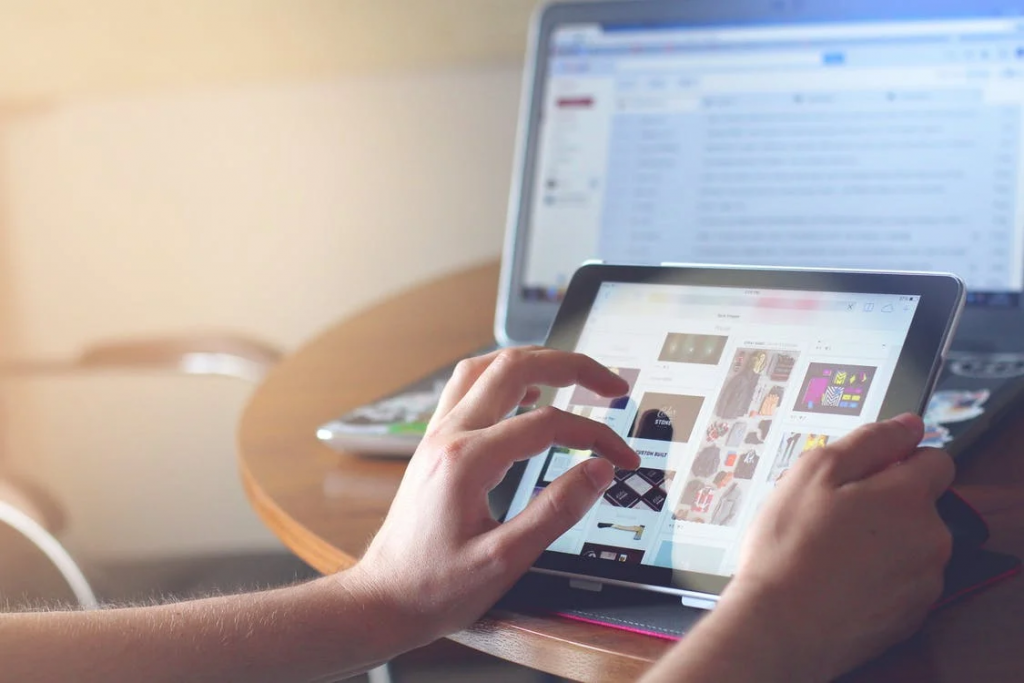
That’s why traditional retailers are looking at how online eCommerce parties such as Alibaba, JD, Tmall, and in India, Flipkart, are doing so well that they can perhaps replicate their success. You can’t beat them, but how can you join them with not too unfavorable conditions? That’s why we’re focusing a lot of work on eCommerce in the channel landscape, for instance, and trying to see how companies from Europe and the US can enter in a smart way. We replicate how the local companies are operating in their alliances with JD and Alibaba, but we also look at what this means for markets across the globe.
So how can organizations kick-start their future-proofing process?
Michel: Well, we used to have, back in the ’90s, strategic units and strategic planners, at McKinsey. We used to make strategic plans for many years ahead about what we are going to do, where we will end up. It was a very deterministic approach. Nowadays, we look a lot more at the likelihood of scenarios. Are there, in the three scenarios that we see for your bank or for your retailer, maybe a couple of common capabilities that you can start to build in any case, which would then be beneficial for your company? If any of these three scenarios materializes in the near future, say two to three years, you’re ready for it.
We used to have these big strategic plans, but what’s much more useful today is to get these snippets of knowledge insights, and that’s what we provide on a daily and weekly basis to clients. They engage with us and they ask us, “Can you give us within three weeks, a view of what our competitors are doing in specific markets, or geographical specific services?”
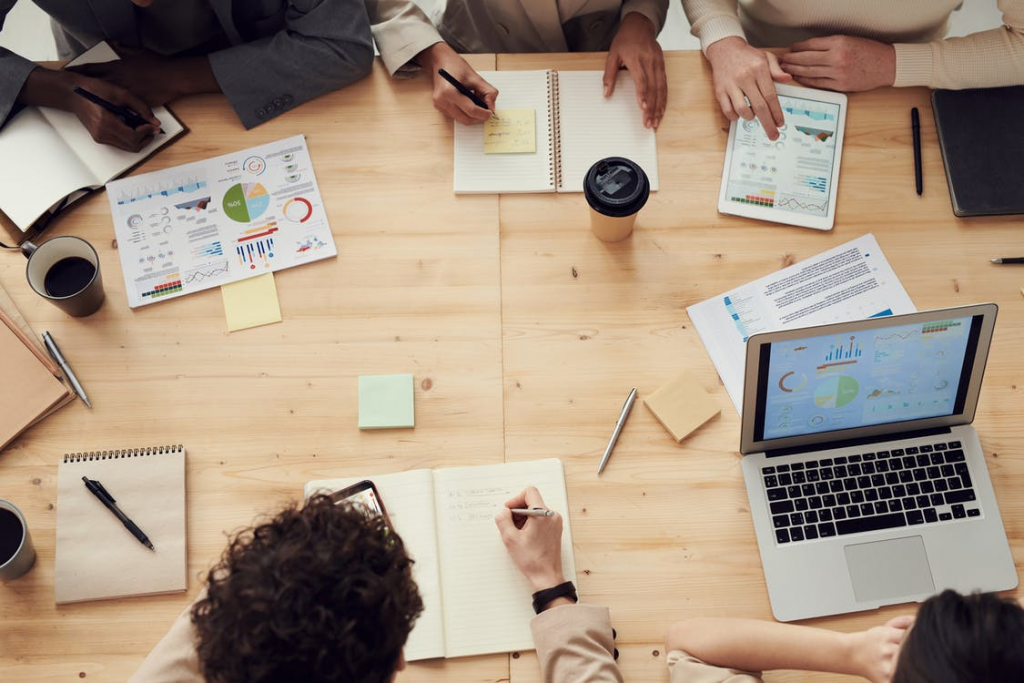
We go out there and quickly engage with the best experts that we can find who are doing cutting edge work in that field. We then aggregate, summarize the insights, and bring those back to our clients to give them a head-start on any type of trends, developing, or relevant capacities that they would need to build in the short-term. So we feed into their strategic decision-making, and that also happens on an operational basis.
Could you go a little more in-depth with regards to your last answer? How did you produce that for your client?
Michel: We searched for the best experts through secondary research, so that’s a lot of desk research. I read tremendously quickly and have business analysts assisting me. I’m quite good, I must say, at separating all the marketing talk from what’s actually going on.
For instance, lately, there’s been a lot of talk about solid-state batteries being developed for electronic vehicles, and that may, at some point, also come to consumer electronics, to the laptop, smartphones, what have you. And there’s often speculation. It might be good for our environment, it might be good for the consumers because you’ll only need to charge your phone once a week, et cetera.
However, once I started talking to the engineers that are actually working on this, for electric vehicles, for instance, they expressed the challenges they are facing today, and the timeline they are expecting to resolve that. This gives you a lot more of an accurate picture of where this is going and when and with which dependencies. After aggregating these insights and interviewing people at battery development labs, in the electric car industry, at consumer electronics on battery development, on a global scale, you get a good sense combined with the secondary research of what’s real, what is marketing talk, and what course of action to recommend to your client.
The collection of those insights that we summarize, we present to the end client in a couple of interactive rounds where we adjust hypotheses and questions and preliminary insights. We sometimes go back to the experts to clarify, and also to solve, if possible, any inconsistencies. There will always be inconsistencies because we’re asking for those experts’ assessments and they have different perspectives which we aim to combine into a consistent point of view which can include multiple scenarios.
How do you see businesses and organizations functioning in a post-COVID era, and are there other specific things that we should think more of now?
Michel: During the last couple of projects, which were centred on how companies are setting up their cooperation between team members, we, of course, saw that many companies now work with a lot of distance-working, remotely connected teams, et cetera. What we are seeing is that many companies are experiencing that they have become much more efficient in various areas. Of course, many people do not have to commute to their work, and people are learning to use these online tools very quickly and effectively.

So what we’re seeing is that many companies are learning that post-COVID, they want to maintain a lot of what they have currently put in place. However, this is not applicable everywhere. For instance, companies with engineers in the US that were doing a lot of research in the connected speaker space said, “Our engineers are used to finishing each other’s sentences. They work on six core projects or maybe 12 hobby projects at the same time. Now that they’re remote, we see that the innovation level is going down.” They explained that the first three months for these engineers were not a problem. They would still feel and know what the others were thinking when they worked together. However, they’re now becoming more isolated. So it really depends on the type of function and how often you can still meet in real life to get that fire going while you’re away from each other. Therefore, a lot of those remote working insights are now, of course, emerging across the globe, and we are at the centre of collecting and assessing those.
Many of the offline retailers, who’ve seen this major negative impact of COVID on their sales, are moving quickly to online eCommerce and these are the type of domains where we help them. We have all these global insights on Alibaba, TMall, JD, Amazon, Flipkart, and help them optimize their strategy and operations in this space, so the clients don’t need to learn by doing, and can rather tap into all that existing knowledge.
That’s interesting to hear. Have future-proofing strategies changed since the COVID-19 pandemic and how have they changed?
Michel: You need to more than ever be critical of what people’s views and opinions are based on fixed beliefs, actual underlying trend data, to weed out the core market dynamics from opinions, which everyone has and are becoming vocalized more and more, often with limited substantiation.
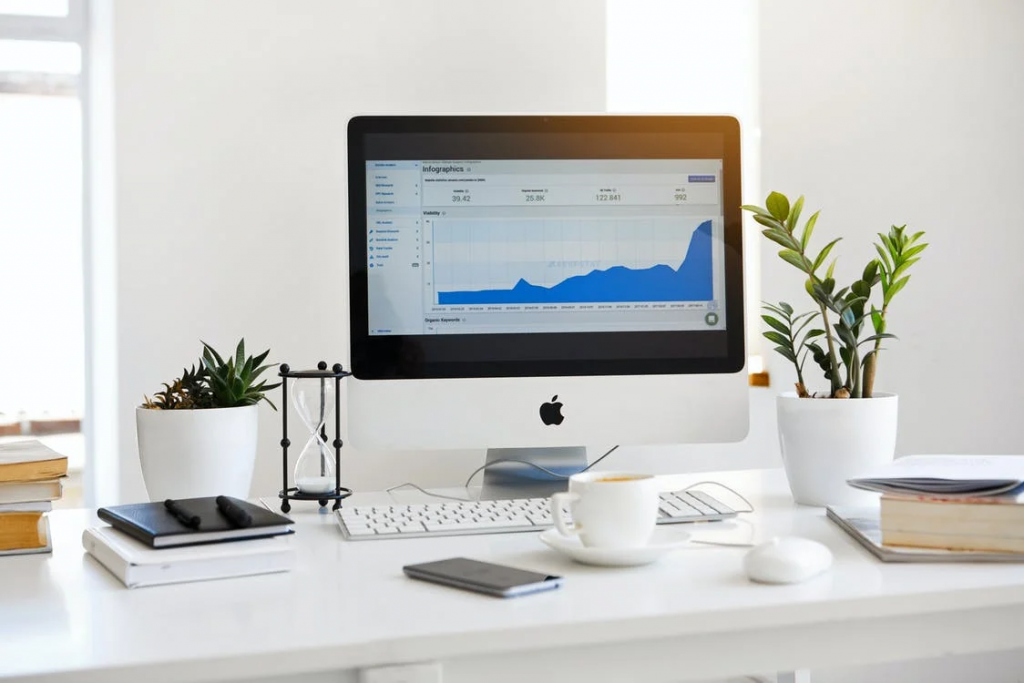
Future-proofing in the near term may very well become different in the sense that we may, post-COVID specifically, not be able to rely much on cases that we see from the pre-COVID era. So an even more rigorous fundamental analysis needs to be put into place. For instance, I saw predictions last week from a renowned futurist with lots of sensible outcomes, who stated that many countries that now see a decrease in tourism and should look at long-term plans to find new revenue streams post-COVID. But in the meantime, I’m seeing that the planes are being loaded up fully, even disregarding potential health risks, and that economic concerns are stronger in the current political dynamics than health concerns. This determines the long term picture.
So I have strong doubts about that futurist’s predictions about the tourism sector needing to be replaced. Based on both current trends and actual actions of governments and companies, I see that tourism will be at regular levels within a few years, post-COVID and of course, all other things being equal: it is really important to make clear, what are your assumptions? What are the trends that are long-term and short-term, and what are the different scenarios that can play out? I think companies can rely less on what’s been working in the past because this is such a totally different dynamic.
Okay, the final question, what advice do you have for businesses and organizations who are currently trying to ride out the storm? Because we’ve seen huge companies they’re actually going bankrupt or are closing down many, many stores. So what can the other companies do better?
Michel: Well, I think they can get competitive insights and knowledge much quicker and in a less expensive way than in the past. When the world engages big consultancy firms for strategy projects, the processes are too slow and they’re too costly. The process is also flawed in the sense that it’s like this big production. Like I teach my journalism students now, don’t make this 90-minute documentary, but start putting out their pieces of content right away. You get feedback from your potential audience. Corporations that do smaller strategy efforts with us, for instance, are getting quick intelligence from their customers, from the markets, from other industries are so much better informed at very low cost, so that immediately saves them money. In a couple of months, rather than investing millions in a strategy that should pay off in years, there are more introductory short-term focuses and bite-sized nuggets of intelligence, which is something that I would recommend.
That’s all the questions we have. Is there something we haven’t touched upon that you would like to add?
Michel: As I’ve worked for all these multinationals for the tens of years, I was starting to be worried about how this output is actually being used, from AI to facial recognition to bionics and models around economics and geopolitics. Friends said to me, “Well, can’t you just stimulate societal change from the inside, from inside of big corporates.” And I thought, “No, that’s so naïve.” But then I tried it anyway, starting a few years ago and with great results.
For instance, with experts in the connected city space, who told me how projects in cities across the globe are being set up, where energy feeds back into the community and the community actually decides how to put that excess energy to use. They funded schools and cultural institutions. When I highlighted this in my output towards the client, they were really interested in deploying this model. So, that’s one example.
Another example is that recently in the learning and development space, we learned that some companies are focusing on not only educating their own staff but also on educating, for instance, the unemployed and getting them to be digitally literate. It’s not only because they need this Corporate Social Responsibility thing in their yearly reports, but they’re actually living a new culture of being more connected with society at a broader level.

What I love is that, lately, I’ve been able to add more of these components that normally I’d just do in my pro bono work. I’ve been able to connect that with working for a big industry. And it works, because what we’re seeing is that there are actually business cases being developed around being socially impactful and responsible.
About the Author:
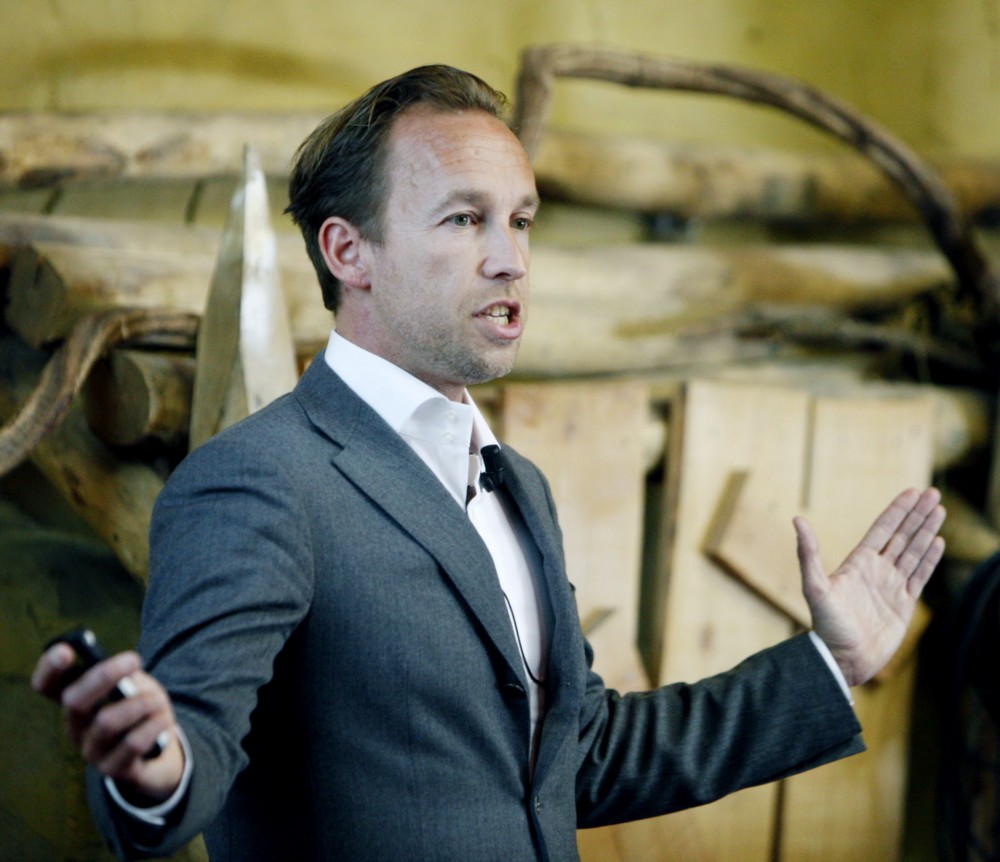
Michel Mol is a consultant and strategic futurist who paints reliable pictures of near-term futures for organizations and advises these enterprises on preparing for these future scenarios. He previously worked as the Director of Innovation at the Netherlands Public Broadcasting where he ran their incubator for innovation for a decade, worked at McKinsey and Company as a boardroom consultant and at Grey Advertising in online communications. Fuelled by his passion for teaching, Michel is also teaching investigative journalists online marketing, branding, and business modelling.
